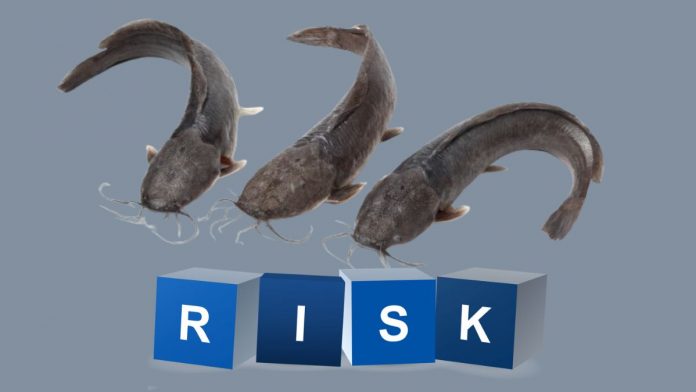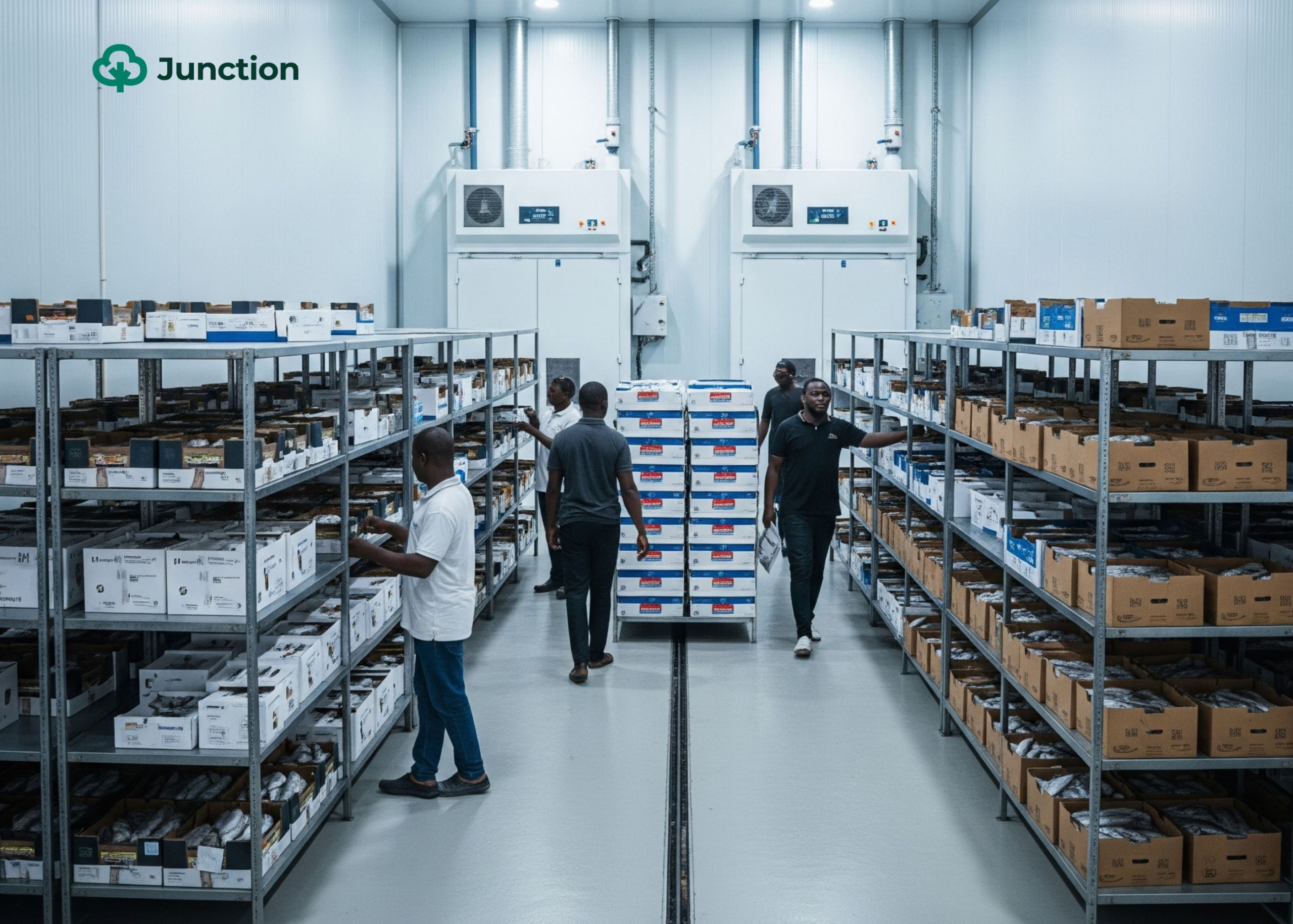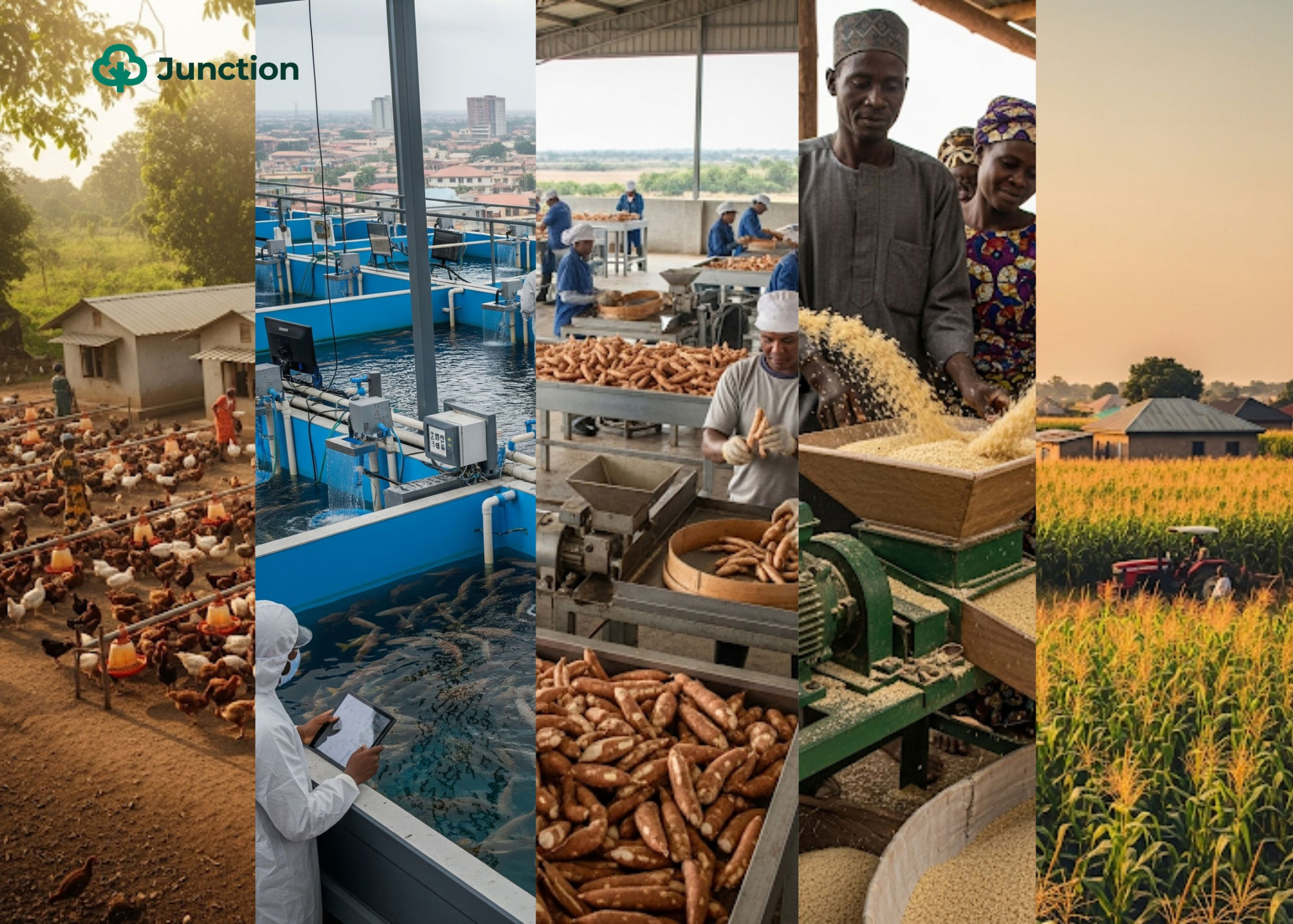Questions answered in this article:
-Â What are common risks that a catfish farmer should consider before venturing into the business to ensure it is a success?
– How can catfish farmers mitigate some of the common risks of running a catfish business in Nigeria?
In early November 2023, during a conversation with The Junction, a former poultry farmer had explicitly expressed that he is transitioning to catfish farming due to the rising costs of production associated with rearing poultry. He confirmed that he is not alone in this decision to divest away from poultry and venture into catfish farming, even going further as naming some colleagues. Can you blame him? Cost of doing business in Nigeria is getting to a critical stage.Â
Procter & Gamble (P&G), a company that locally sourced raw materials like animal fat and plant oil for its dry detergent products, announced shutting down production operations in Nigeria in favour of export only because of difficulty in doing business. Unilever Nigeria also revealed its decision to abandon the home care and skin cleansing side of its production business by the end of 2023.
President of the Manufacturers Association of Nigeria, Francis Meshioye, told a local news outfit that the exits have to do with increased financial difficulties caused by unstable naira as well as power crisis and more. To place a figure to the issue, he mentioned that manufacturers spent â¦144 billion on alternative energy sources.
However, with a rate of return on investment (ROI) of about 23% per production, catfish farming is a lucrative investment you should consider going into. Compared to other fish business ventures like tilapia (with an estimated ROI of less than 19%), its reward is better.Â
Also, customers for this product abound in Nigeria, with demand surpassing supply, according to a Food and Agriculture Organization (FAO) article. Farmers can even leverage the booming online presence to reach more customers while hotels, restaurants, fast-food eateries and other agriculture merchants are able to buy in bulk as well.

However, before the numbers entice you to rush into the business, there are important considerations to be made. One of the most important ones are the risks associated with running a catfish farm in Nigeria.
6 risks to consider when starting a catfish farm in Nigeria
1. Technical Knowledge:
Poor technical knowledge and inadequate skills will endanger a catfish business venture before it even gets off the ground. Experts advise that persons interested in starting a project like rearing fish on a commercial scale should go for training to acquire the needed skills. Even in cases where construction work is to be outsourced to expert plumbers, carpenters, and so on, it is still necessary to have some basic understanding of these skills.Â
Plumbing or carpentering emergencies may arise at times that are inconvenient or impossible for an expert to show up. Thus, these minor problems may occur and could be the difference between a successful venture or an ultimate loss. Of course, when properly done, these kinds of issues have a lesser chance of happening. Yet, it is better to be prepared and handy.
2. Disease Outbreak:
Like any livestock venture, catfish are also susceptible to diseases. Nigerian catfish farms experience increased mortality, decreased growth and productivity, as well as higher production costs when diseases set in.
Typically, a catfish farmer with about one to four 100sqm (square meters) ponds should expect a mortality rate of about 5%. However, diseases can take this figure up to more than 19% on average.
Some common diseases of Nigerian catfish include multifiliis, which can damage the gills, impair breathing, reduce growth and eventually kill the fish. There is also the Hole in the Head Disease (HTHD), which, as the name suggests, causes formation of holes or pits in the fishâs heads, preventing them from swimming properly, and eating well.
Losing more stock than you calculated for during your risk assessment can lead to financial loss. Hence, you should implement proper biosecurity measures like regular disinfection, quarantine protocols, and regular monitoring of water quality.
3. Environmental Factors:
Changes in climate patterns pose a threat to the catfish production industry. Even when armed with knowledge of the history of the location, heavy rains can come at unexpected times and cause ponds to overflow or spill into gutters, leading to huge losses. Besides natural disasters, there are possibilities of thieves or predators finding their way into your ponds as well. Perimeter fencing and surface netting may provide some level of protection. However, these factors have to inform your choice of location as well.Â
For example, instead of investing in security to protect your stock in areas notorious for harbouring thieves or predators, it may be smarter to set up in a safe location. In addition, it is important to check water temperature, pH, and dissolved oxygen frequently with a test kit to ensure it is safe for the fishes to thrive.
4. Operational Risks:
Equipment failures can be a challenge when it is severe and unexpected. For example, if the pumping machine you rely on for water supply stops working when you need to change pond water, this can result in casualties. Also, if you underestimate the amount of labour that goes into running the farm, you may find yourself incurring unexpected expenses when you need to hire more hands for help. One way to mitigate the former is to routinely inspect and service equipment and your facility. As for the latter, depending on the size of your operation, you should have a budget to hire one or two helping hands.
5. Financial Risks:
Changes in prices of inputs like feed and labour can affect the profitability of the entire business. Increased expenses can also come from unexpected disease outbreaks that require medication or hiring experts. To reduce how much of an influence this will have on profits, ensure that you make room for contingency expenses and seek professional advice when planning finances in the beginning. It may also be more cost-effective to grow phytoplankton (microscopic organisms that serve as a natural source of food for fish) to reduce how much you spend on feed.
6. Pricing:
Eventual pricing of catfishes can either fall or rise at the time when your products are ready for the market. However, you can target final consumers for higher profit while processors and others may want to buy in large quantities but at wholesale prices. Also, if you have developed a strong relationship with customers, it can help you weather market fluctuations and price changes. It is advisable to diversify marketing strategies as well to get the most profit from your venture.

Varying market demand is an important risk consideration when undertaking this venture. Demand for catfish can change depending on the season, economy, availability and affordability of alternative protein sources (like eggs and meat), as well as location. Factoring these will help you plan the volume of products you are targeting and the amount you are investing.
With environmental risks having the highest possibility of happening and market fluctuations being the least, you should prioritise these considerations in terms of their likelihood of occurring.
Besides risks, you want to consider government or association regulations and policies that could affect your business. For example, the Catfish and Allied Fish Farmers Association of Nigeria (CAFFAN) announced price updates in September 2023 with threat of sanctions for fish sellers that failed to abide by them. This kind of development can impact your business, hence the need to consider it.
There is also the legal side of things. You may require permits in some locations of Nigeria to set up a catfish farm as well as adherence to certain standards and practices. One example is the issue of disposing of waste water, you will need to research how best to do this in the location where you choose to set up. Also, if you want to process and package, you may be required to get licensed by food and standards regulatory authorities.Â
Embarking on a catfish farming venture in Nigeria presents promising opportunities for agricultural entrepreneurs. However, prospective fish farmers must remain vigilant and stay on top of trends about the inherent risks associated with this venture.Â
From disease outbreaks to market fluctuations and environmental challenges, a comprehensive understanding of these potential pitfalls is crucial for making informed decisions. When you acknowledge these risks, addressing them or planning ahead for them will be easier.Â
Catfish farmers can better position themselves to navigate the complexities of the industry and improve their chances of running a successful and sustainable aquaculture enterprise in Nigeria. Remember, strategic planning, continuous learning, and adaptability are key elements that can transform these risks into opportunities for growth and long-term success.



